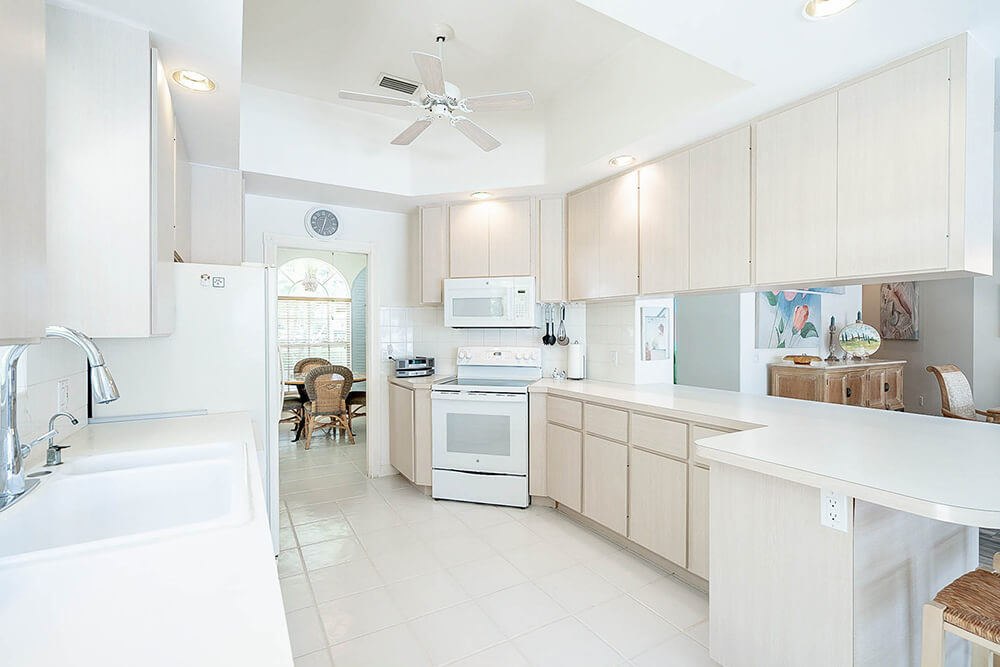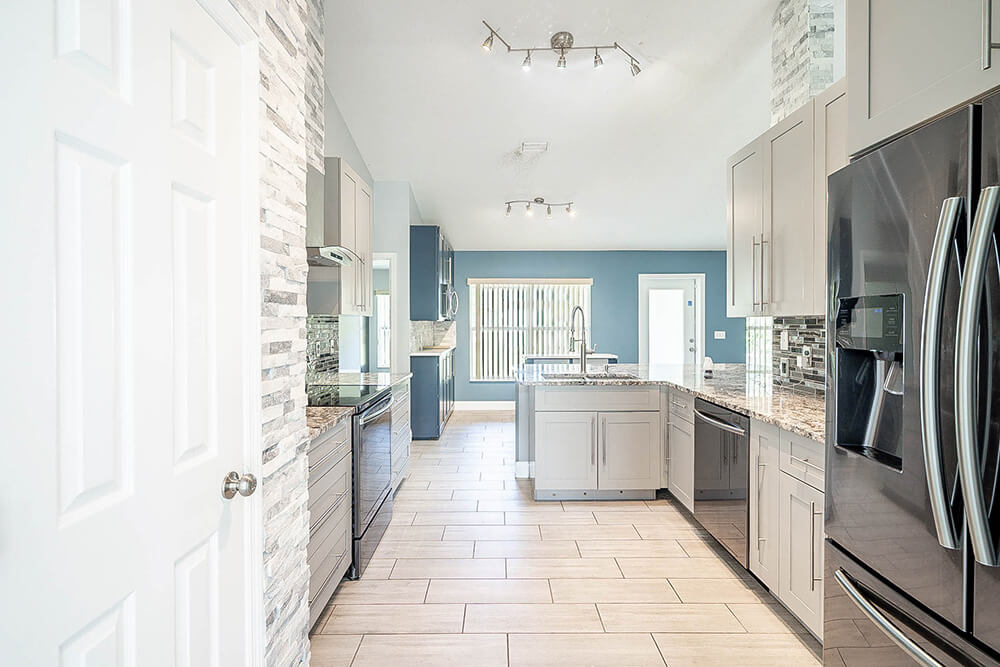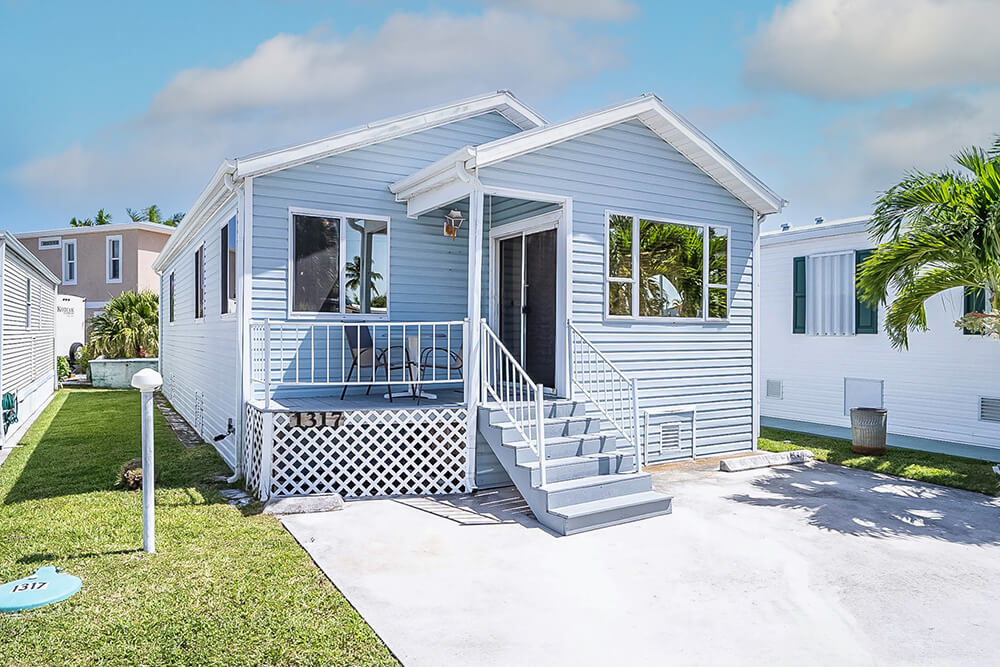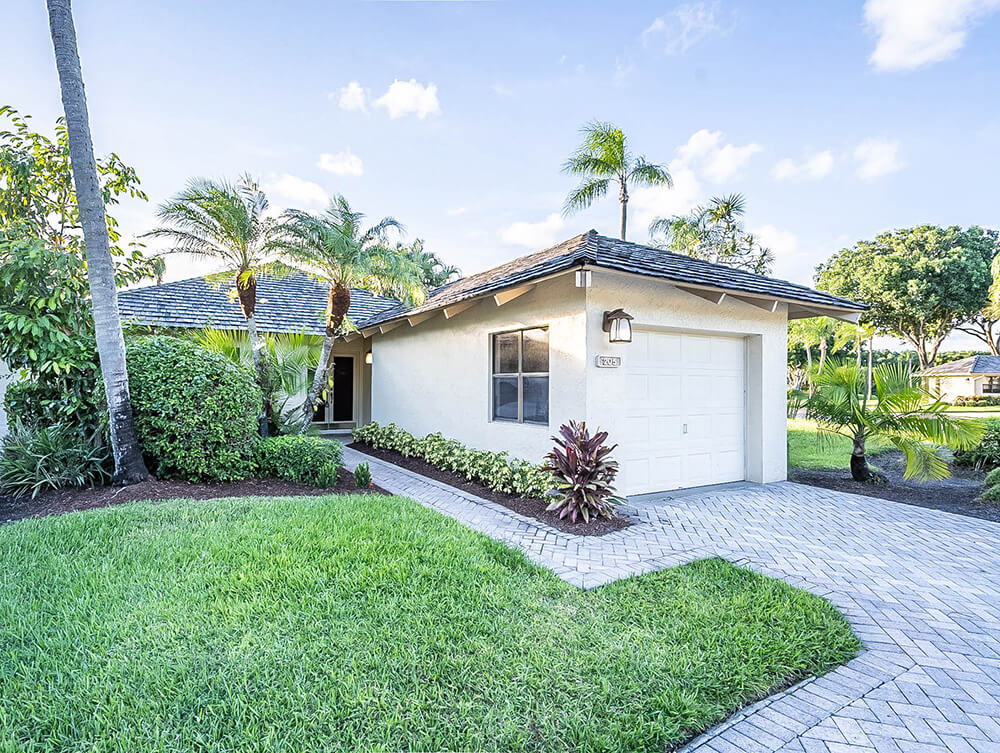If you’re a photographer with an eye for detail and a love of architecture, real estate photography could be the perfect niche for you. In this article, we’ll share tips on how to get started in real estate photography and make money from your photos. So, whether you’re just starting out as a photographer or you’re looking for new ways to make money with your camera, read on for some helpful advice!
So what do you need to get into real estate photography? We’ll look at:
- Why you should start a real estate photography business
- How to earn money in real estate photography
- General tips on getting started in real estate photography
At the end of this guide, you’ll have a good understanding of what real estate photography is, how to get started in the business, and what you need to do to be successful.
Why You Should Start a Real Estate Photography Business

Real estate photography is a great business for a number of reasons. The first is that there is a high demand. In any town, big or small, residential and commercial real estate is sold, and those properties almost always require professional photography.
Real estate companies, home builders, and smaller businesses often seek out freelance photographers to take real estate photos for them. These businesses typically don’t have the time or resources to hire a full-time photographer, so they rely on freelancers to provide quality real estate photos.
Research Your Local Market
If you’re a freelance photographer, there are a few things you can do to increase your chances of being successful in this industry.
1. Go on Zillow.com or Trulia.com and have a look at how many homes are for sale in your area. This should give you a view of the potential business you can make in your area.
2. Are you in an area you can work year-round? If you live in an area with a lot of real estate activity, chances are you’ll be able to find work year-round.
3. Research the going rate for real estate photography in your area. You need to see what the rate others are charging for their services and find a balance in the middle.
Real Estate Photographer Pay and Income
Real estate photography has the possibility of providing a sustainable, full-time-job income, with the flexibility of being a side hustle. According to the website Payscale.com, real estate photographers in the United States make an average of $30 per hour. And according to the site Thumbtack.com, real estate photographers typically charge between $125 and $250 per session.
So if you’re able to book two or three real estate photography sessions per week, you could make over $1000 per month from this business.
Freedom and Flexibility

Another great benefit of real estate photography is that it gives you the freedom to do what you want. If you’re a freelancer, real estate photography allows you to work with different clients and on different projects. You’re not tied down to one company or one location. This can be a great way to make money and also see different parts of the country (or even the world).
Another reason is that real estate photography is a great way to make money while also doing something you love. If you enjoy taking photos, real estate photography can be a great way to turn your passion into a career.
Choosing The Right Real Estate Photography Camera and Lenses
The equipment for real estate photography can get expensive, depending on if you want to also add videos, aerial, or luxury photography as services. But if you just want to stick with real estate photography, the cost of getting started is relatively low.
Here’s a list of recommended equipment you’ll need to get started:
- Camera – A full frame DSLR or mirrorless camera such as a Nikon Z9 (See our Nikon Z9 Review here), Sony a9, or Canon R5 would be great to have, but any full frame camera should work. For more info, see this resource on cheap cameras on my website.
- A Wide Angle Lens – A lens that goes as wide as 16mm is essential for capturing larger buildings. The angle, perspective and slight distortion will also make some buildings look larger and some rooms seem more spacious.
- A Tripod – You don’t need an expensive one. Just something that will keep your camera steady while taking pictures. We recommend the Peak Design Tripod.
- Editing software – There are many different programs you can use, but we recommend Adobe Lightroom.
That’s all you need to get started in real estate photography. Of course, as you grow your business, you may want to invest in additional equipment like drones or video cameras. But to get started, all you need is a camera, tripod, and editing software.
Earning Money In Real Estate Photography

Now that you know what equipment you need and how to choose the right camera, let’s talk about how to make money with real estate photography.
As we mentioned earlier, real estate photographers typically charge between $125 and $250 per session. So if you’re able to book two or three real estate photography sessions per week, you can make a decent income.
Of course, the amount you charge will also depend on your experience level and the type of real estate photography you’re doing. For example, if you’re just taking pictures of the inside of homes, you’ll probably charge less than if you’re also taking aerial or video footage.
To find real estate photography clients, we recommend searching online job boards or contacting real estate agents in your area. Also, using websites such as Zillow.com is another great way to look for realtors to contact.
Creating Your Portfolio

The best way for you to stand out in today’s competitive market is by having a varied portfolio. This ensures that potential clients are able see all areas where your expertise lies and make an informed decision about who they want as their real estate photographer.
Here are a few photos to have in your portfolio:
- Exterior photos during the day
- Exterior photos during sunset
- Exterior photos during blue hour
- Interior photos of each room in a typical home – kitchens, living rooms, master bedrooms, etc
In terms of the types of homes, our advice is to showcase homes that more on the luxury end of the spectrum. You can book lower end clients with a higher end portfolio, but you’ll have a hard time booking higher end clients with a lower end portfolio.
Constantly curate your portfolio to ensure that your latest and greatest is getting the most website and social media “real estate,” i.e. attention.
General Tips on Real Estate Photography
Now that you know the basics of real estate photography, here are a few general tips to help you get started:
- Schedule your shoots in advance – This will give you time to plan for the shoot and ensure that everything goes smoothly.
- Be punctual – Real estate agents are busy people, so it’s important to be on time for your photography sessions.
- Dress professionally – This will show the real estate agent that you’re a professional photographer and that you’re taking the job seriously.
- Be prepared and scout – Before each shoot, take some time to walk around the property and plan out your shots. This will help you make the most of your time and get the best possible photos.
- Edit your photos – After you’ve taken your photos, spend some time editing them to make sure they’re perfect. This is an important step in real estate photography, as it can make a big difference in the quality of your photos.
These are just a few general tips to help you get started in real estate photography. With a little effort, you can soon be taking great photos that will impress your clients and help you earn a good income.
Conclusion
So, there you have it! These are the basics of real estate photography. We hope this guide has been helpful and that you now have a better understanding of what real estate photography is and how to get started. Thanks for reading!
Author’s Bio:
Timothy Ross is professional Illustrator and Real Estate Photographer. He’s the owner of TimmyRoss.com where he writes about everything in visual media, from Graphic Design to Photography.

